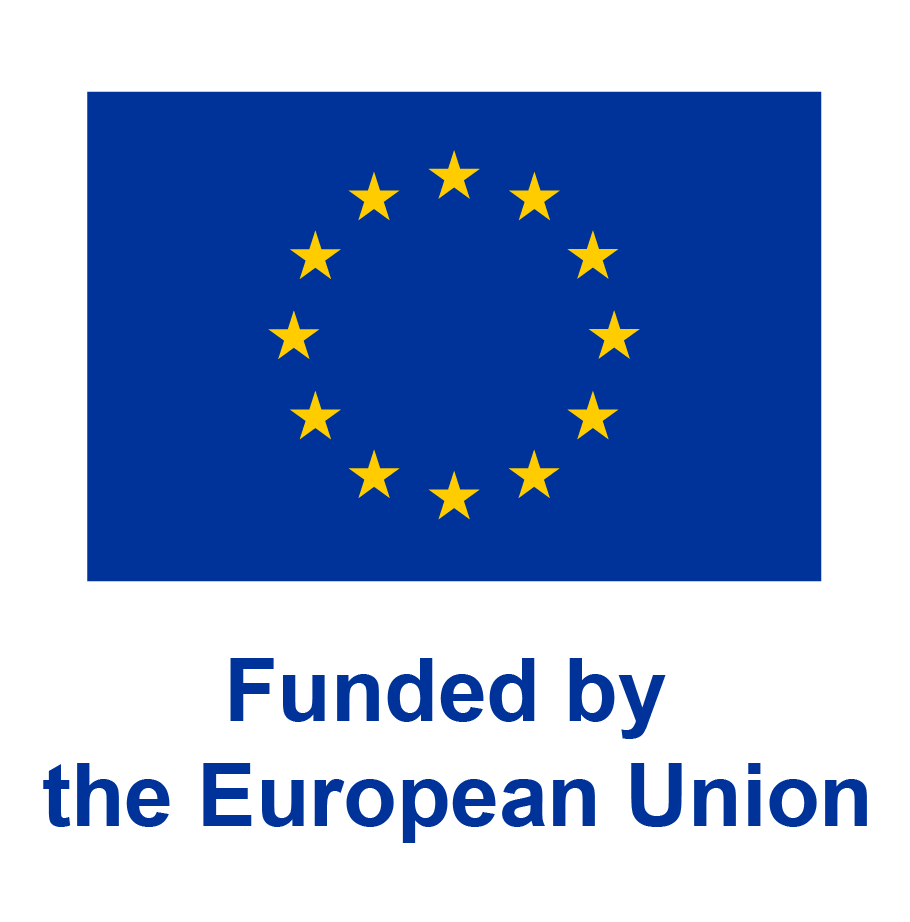

-
Natural sciences
- Other physical sciences not elsewhere classified
Atrial tachycardia (AT) is a prevalent form of supraventricular tachycardia that can have detrimental impacts on a person's health. The complexity of anatomical reentry patterns and unclear nomenclature hinders precise diagnosis of AT and makes optimal treatment challenging and error prone. Suboptimal treatment can result in severe outcomes such as heart failure, stroke, and pacemaker implantation due to overablation-induced atrial dysfunction. In this proposal, we introduce a diagnostic tool called Directed Graph Mapping (DGM), which offers a unique classification system based on clear and precise mathematical criteria using topological principles, allowing for the accurate diagnosis and differentiation of various types of AT. DGM can automatically analyze a given case of AT, providing consistent and reliable results, paving the way for the optimization of the ablation strategy. DGM can not only diagnose the current AT but also predict hidden slower ATs, which might appear depending on the chosen ablation target. By being able to predict the hidden ATs, we can revolutionize the treatment of ATs, as these hidden ATs can be treated already after the measurement of the first anatomical map. Therefore, our tool holds the potential to significantly expedite the ablation procedure. We propose to conduct a prospective study involving a minimum of 15 hospitals in Belgium that specialize in AT ablations to further validate the effectiveness and sustainability of our proposed solution while involving a broad range of electrophysiologists. We aim to publish our results in a high-impact journal. We secured the intellectual property rights of our proof-of-concept through two patents, and by discussing with electrophysiologists, we learned that their interest in DGM influences mapping systems. If they recognize the value of DGM for treating AT, mapping companies may adopt the technology through a licensing agreement, which is the final goal of this proposal.